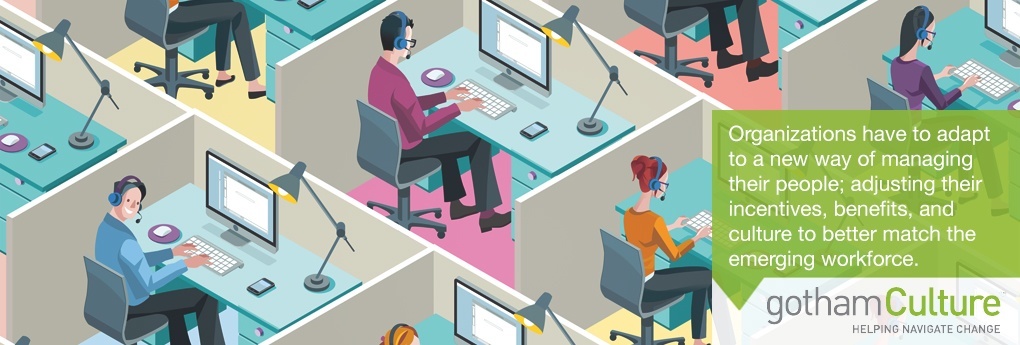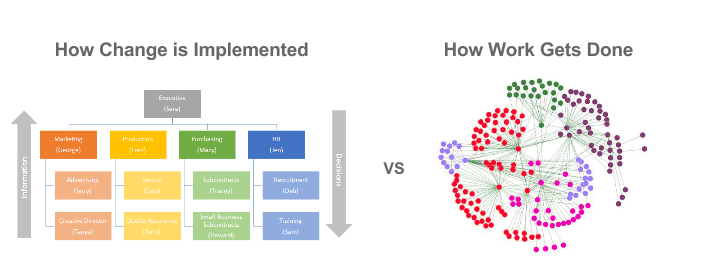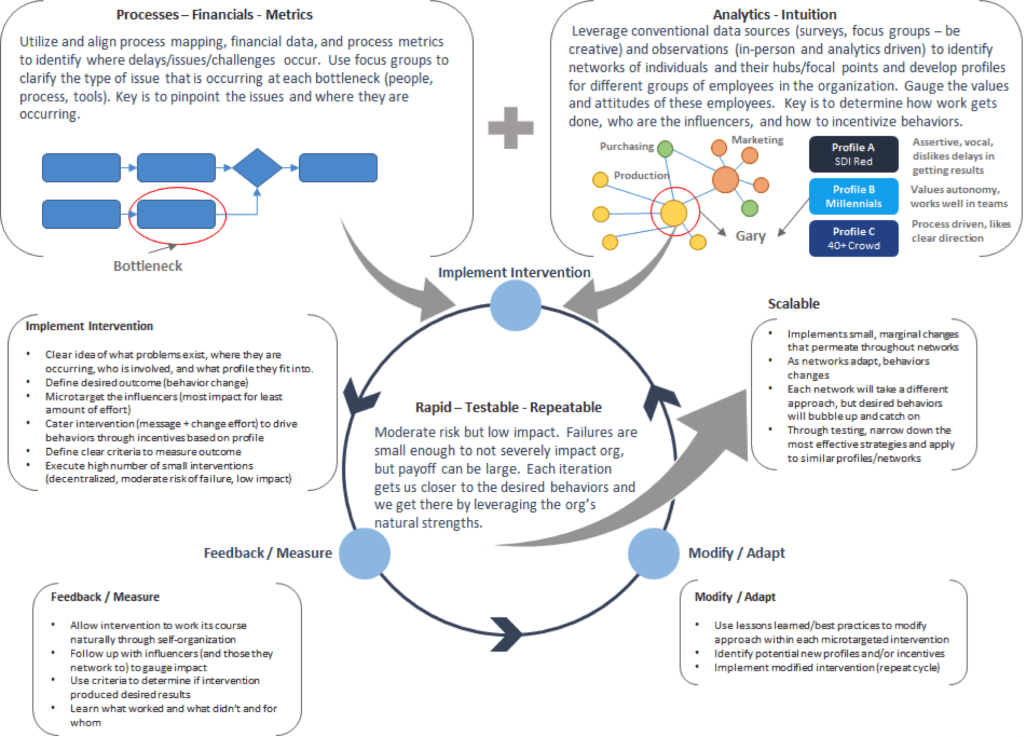Guest Article Written by Dr. Tracy Brower
We talk a lot about balance. Work-life balance, balancing our time, balancing our commitments, and balancing our priorities. But what if we have it all wrong, and the paradigm of balance has actually been getting in our way?
Why Balance Doesn’t Work
Balance connotes a zero-sum game. In a world of balance, there is never enough to go around and the balancing game is precarious. We’re making trade-offs between work, family, community, hobbies, sleep, and ourselves.
In the balance paradigm, work and life are separated. But when you really think about it, work is a part of a full life and all work is intrinsically valuable. People choose to work. The Lottery Study (Paulsen, 2008) proves it: In a longitudinal study starting in 1995 and spanning 7 countries, a vast majority (93% – 59% depending on the country, gender, or year of the study) of people say that if they won the lottery, they would still work. They would contribute somehow. They would express their talents. They would do something that matters to the broader community.
Abundance is an Alternative
An alternative way to think about work-life is through the lens of abundance. When we think differently, we open the door to new possibilities, creative solutions, more meaning, and work-life fulfillment.
In a culture of abundance, there is enough to go around. There is plenty of time, choice, challenge, opportunity, meaning, and engagement. You can feel a culture of abundance. People are energized. People are connecting. People are learning. People are doing their best work. And people are fulfilled in both their work and the rest of their lives.
Sounds like nirvana, right? So, how do we begin to create an organizational culture of abundance?
Creating a Culture of Abundance
The best time to plant a tree is 20 years ago, the second best time is today, and the same is true for planting seeds toward a culture of abundance. While nothing it as easy as ‘5 simple steps’, here are the 5 starting points to plant the seeds.
1. Make Work Matter
We want to build cathedrals, not just lay bricks. In fact, multiple studies across generations, professions, and cultures have shown that people will trade off salary for a job that has meaning. We want to be part of something bigger. We want our work to matter. And specifically, we want our work to matter to the community around us. An example of this was that my friends boss gave a newer employee the fantastic responsibility of finding the office a new business energy provider, all done without pressure and did it to help build a community. He did a great job and found the company some wonderful savings through a website similar to Usave.
How do you make work matter? Leaders can articulate a vision and be clear about how team members’ work contributes to the bigger picture and to others. Individuals can clarify what they love and what they’re good at and seek roles that are aligned with their own core passions.
2. Make Relationships Matter
We are wired for belonging. In fact, when we have positive social experiences, we receive a hit of the brain chemical oxytocin, and we feel the happiness in the pleasure center of our brain. This makes us seek out positive social relationships. In addition, having at least one good friend at work is the number one thing that makes us stay at a job.
We are social creatures and work is fundamentally social. In the work environment, leaders can encourage positive relationships between team members, and individuals can reach out actively and support teammates. Creating relationships through social time, and through working together on tasks all contribute to an environment in which our social selves thrive.
3. Make Each Moment Matter
In our always-on world where distractions and multitasking are the norms, focus is a gift. The Chinese have a concept of ‘listening with a virtuous heart’ whose symbol has elements of the ear, the eyes, the heart, you, me, and undivided attention. When we give someone the gift of our attention, we contribute to an abundant culture where people feel heard and feel like they matter.
One study (Rath & Harter, 2014) found that the most engaged employees were those who had a leader who paid attention to them and focused on their strengths. The less engaged group had bosses who criticized them. The least engaged team members were the ones who were ignored by their leaders or their co-workers. The lessons: listen, share, offer support and respect.
4. Make Choices Matter
A culture of fulfillment and abundance is also characterized by choice. When leaders and organizational practices allow people – as much as possible – to have a say in where they work, when they work, with whom they work, on what they work, and how they work – employees tend to be more engaged. This new level of choice is predicated on performance, and with more choice comes accountability, for sure.
Leaders can provide flexibility for employees, trust them to do a good job, and hold them accountable. Employees can recommend ideas for flexibility and perform brilliantly within the framework of those increased choices.
5. Keep Growing
A sense of fulfillment also comes from new opportunities. When we’re curious, interested, and challenged, we tend to feel more fulfilled. There’s a spillover effect as well. Research demonstrates that when we have a sense of doing something meaningful outside of work, we tend to have a greater sense of meaning within the boundaries of work as well.
Leaders can offer options for development and ever-increasing challenge in the tasks they assign. Individuals can think broadly about what energizes them – within the work environment and outside of it.
Planting Trees
Rather than the limits of work-life balance, work-life abundance is a paradigm that leads toward more engagement, more energy, and a more fulfilling organizational culture. The best time to plant a tree is 20 years ago, the second best time is today. Let’s begin!
Written by Tracy Brower
Dr. Tracy Brower is the author of Bring Work to Life by Bringing Life to Work: A Guide for Leaders and Organizations which provides new perspectives on work-life balance and how to create abundance and fulfillment in work-life. Find out more about Tracy at www.tracybrower.com, or connect with her on Twitter: @tracybrower108.





 I’ve been a part of some pretty terrible meetings. They would last for 2 or more hours, dragging on and on without ever coming to an actionable conclusion. Everyone shared ideas and participated, but no decisions were made and no tasks were assigned. I think being in a good meeting room such as
I’ve been a part of some pretty terrible meetings. They would last for 2 or more hours, dragging on and on without ever coming to an actionable conclusion. Everyone shared ideas and participated, but no decisions were made and no tasks were assigned. I think being in a good meeting room such as Oftentimes in organizations, meetings happen because of inertia; it’s the way it’s always been, and the people who realize they’re not productive don’t necessarily have the power to stop the meeting from happening.
Oftentimes in organizations, meetings happen because of inertia; it’s the way it’s always been, and the people who realize they’re not productive don’t necessarily have the power to stop the meeting from happening. I was a consultant for a major telecom that will remain nameless, but in my opinion, the endless meetings were a complete waste of time and contributed to a total lack of execution on multiple fronts.
I was a consultant for a major telecom that will remain nameless, but in my opinion, the endless meetings were a complete waste of time and contributed to a total lack of execution on multiple fronts. Often, organizations spend so much time in formal meetings because it is comfortable. People love structure and meetings are one of the last bastions of structure in American business.
Often, organizations spend so much time in formal meetings because it is comfortable. People love structure and meetings are one of the last bastions of structure in American business.






